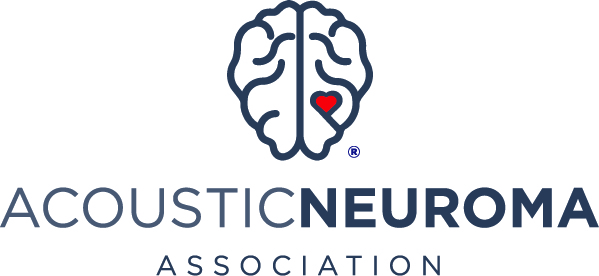Hello, Nicole:
Please accept our welcome to the site and the forums. Jan (
leapyrtwins) has offered much good advice that I can only amplify a bit, so I will.

Two years ago at about this time, I was, essentially, were you are now. Along with a gradual but eventually total loss of hearing in my left ear, I had developed rather pronounced symptoms; i.e. disequilibrium, intermittent stabbing pains on one side of my head and severe fatigue. My sense of taste had practically disappeared, which led to a notable lack of appetite and a subsequent 30-pound weight loss. Fortunately, it was weight that I could afford to lose. At that point, my wife became concerned and although I generally looked at doctors visits as akin to torture, I was no longer able to ignore what was happening to me. Long story short: My PCP suspected a sinus problem and ordered an MRI, which found that my sinuses were fine but I had a 4.5 cm AN that was seriously pressing on my brainstem, which suddenly explained my symptoms. The (second) neurosurgeon I consulted (the first one seemed apathetic) was alarmed and after we agreed on my treatment, he was able to schedule my (retrosigmoid) surgery for about a week later. Unfortunately, during pre-op testing, an undefined 'mass' on my liver showed up on a CT scan. The general - but unspoken - opinion was that it was cancer. A biopsy showed it was actually a hemangioma (blood vessel mass). Because I was asymptomatic, no action was needed. My AN surgery was re-scheduled for 10 days later.
This is the part that may really interest you: I underwent a carefully planned two-step process. First, my neurosurgeon 'de-bulked' the AN, basically hollowing it out and cutting off it's blood supply. He employed nerve monitoring to help him protect the facial nerves from being disturbed. It worked. I had no facial nerve complications and recovered fairly rapidly, driving again within two weeks following the surgery. After a three month 'rest period' (my surgeon's term) I underwent 26 FSR (
Fractionated Stereotactic Radiosurgery) treatments (approximately 25 minutes each, spread out over 5 weeks and one day) irradiating the tumor and theoretically halting it's ability to re-grow. So far, so good. My last MRI showed tumor shrinkage and necrosis (cell death) which was the goal of the radiation treatment.
My surgeon worked closely with a radiation oncologist to 'map' (his term) the FSR. The object of the FSR is to hit the AN but avoid the surrounding tissue and nerves. Spreading the radiation out over time allows for lower 'doses' of daily radiation (about 21
gy in my case) which is believed to help the non-AN tissue rebound from whatever radiation it absorbs. This treatment is also easier, overall, on the patient. Fortunately, the worst part of it was the 62-mile daily round trip (I drove) and the boredom of being strapped on a rotating slab, wearing a very tight-fitting plastic 'mask' that allows the radiation technician to more precisely aim the radiation beam. It wasn't too bad and I remained stoic and upbeat throughout, knowing this was doing me good and would be over, soon. I did not develop neusea and really had no negative effects from the treatment, other than some tumor swelling post-treatment, which was normal. This caused a 'tightening' feeling at the AN site and an occasional stabbing pain, all of which subsided within a few months.
The benefits of this duel-path approach (microsurgery & radiation) is to destroy the AN but still protect the facial/cranial nerves and avoid facial paralysis and other facial nerve-related complications, including eye problems. My neurosurgeon and the radiation oncologist were very excited about this approach and were elated with my results. So was I.

Of course, only you and your doctor can make this kind of decision. I simply offer my experience here as real-life patient information that I trust you'll be able to use as you go forward. I trust you'll have a successful outcome for whatever treatment you ultimately undergo and we'll be here to support you in any way we can.
Jim 



